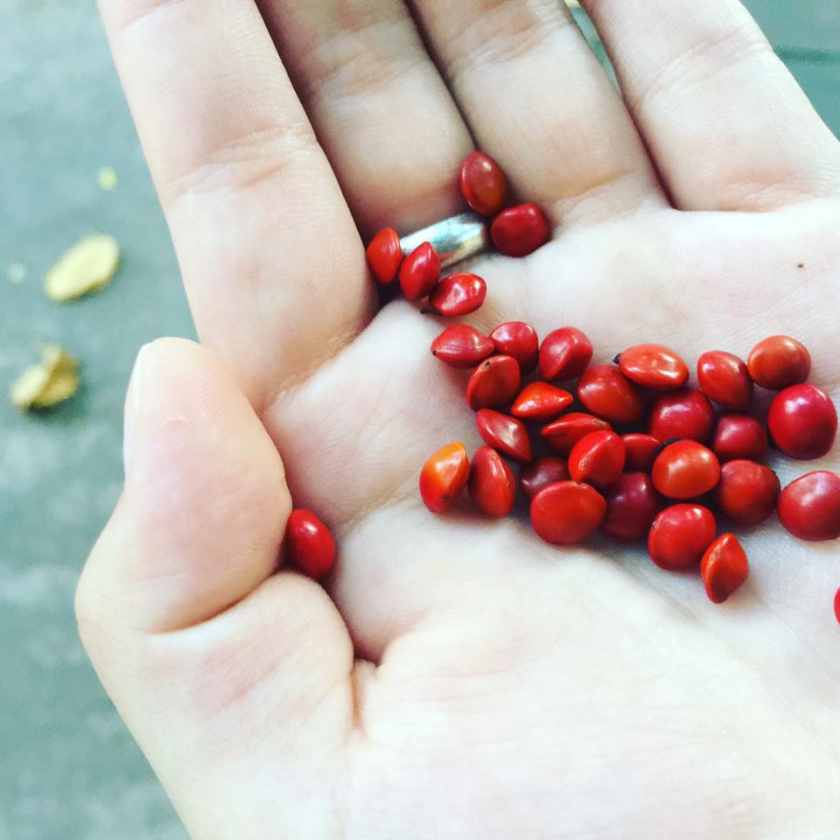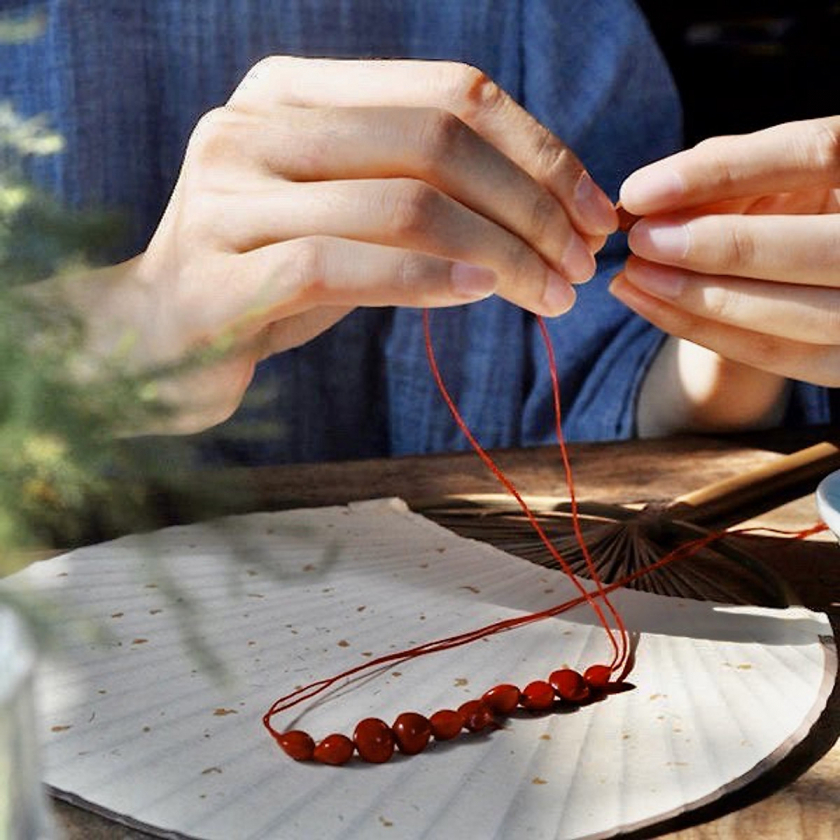According to ancient tradition, the Qixi Festival falls on the 7th day of the 7th lunar month every year, associated with the legend of the Cowherd and the Weaver Girl. Legend has it that the Cowherd was a poor but hard-working and kind-hearted cowherd. He won the love of the weaver fairy, the Weaver Girl, the youngest daughter of the Queen Mother, who specialized in weaving colorful clouds in the sky.
The two got married, spent many happy years together, and had children, a boy and a girl. One day, Weaver Girl had to return to Heaven by order of the Jade Emperor. The sorrowful Cowherd chased after her, but was stopped by the Milky Way River, the boundary between the mortal and immortal worlds. Then the Cowherd insisted on waiting there, refusing to leave.
From then on, there was another star beside the Milky Way River, which people called the Cowherd Star. The Queen Mother, moved by the Cowherd's sincere feelings, agreed to let them meet once a year on the 7th day of the 7th month of the lunar calendar.
eat red bean dessert to pray for love
In Asia, Tanabata is a big festival that is elaborately organized with many cultural activities depending on the country. The traditional name of this day in Japan is Tanabana. Tanabana festival is decorated with many bamboo branches everywhere such as schools, gardens, fields, etc. Along with the bamboo branches are good wishes written and attached by the Japanese; wishing for good luck in the future. Couples in love in Japan on Tanabana often visit Shinto shrines to pray for a lasting and happy love.

Chilseok is the name of the Seventh Day of the Seventh Moon in Korea. Traditionally, Koreans take an early bath on this day to pray for good health. Wheat-based foods such as toast and wheat cakes are traditional foods on this day. Koreans consider this a holiday to fully enjoy the taste of wheat.
The common point of the Qixi Festival in all countries is to pray for blessings and happiness for couples. Therefore, although Vietnam does not celebrate many big holidays, it still has many separate activities. On the 7th of July in particular and the 7th lunar month in general, our grandparents often believe that we should not hold a wedding. On this day every year, couples often go to the temple to pray for a lasting and steadfast love. Couples in love also often watch the stars Niu Lang and Chuc Nu on the night of the 7th of the 7th lunar month. People believe that watching the stars Niu Lang and Chuc Nu together on the Qixi Festival will make them stay together forever.

Vietnamese youth tell each other that eating red beans on this day will help them "get rid of being single" faster, and couples in love will love each other more deeply. Therefore, on this day, red bean porridge, red bean milk, red bean soup and especially red bean sweet soup are often sold out. This "rumor" originates from the concept that red beans symbolize luck.
This is the color that will help the homeowner bring more fortune into the house, repel all bad luck and sadness. Not only that, the fate of the person holding the red bean will go in a positive direction, love will progress, everything will go smoothly because the red bean will help "turn bad into good".
Decoding the rumors
However, young Vietnamese people have some misconceptions about eating red bean dessert on Qixi Festival. The bean that symbolizes this day in China is red bean or red bean. This bean is also red but has a completely different shape than Vietnamese red bean.
The Chinese red bean is a type of bean that grows in the Lingnan region of China. The bean is small in size, has a slightly heart-shaped shape, and has a shiny, deep red skin. This bean is particularly hard, its color does not fade easily, and it is not susceptible to termites or damage, so it is considered a symbol of eternal, unchanging love.

The love bean appears a lot in Chinese culture. An old story tells that during the Han Dynasty, there was a young man who was forced to join the army. His wife waited under the tree at the village gate every day, crying until she bled and died. After the wife died, the tree suddenly grew bright red fruits. People believed that these were the wife's blood tears and called them "red beans" or "love beans".
This type of bean is found in several places in China such as Yunnan, Hainan, and in addition, in the south of the Yangtze River and some other places, there are also love beans, but the seeds are smaller and the heads are black. People call this bean "lover's tears".
In China, the red bean is considered a pearl, very sacred so it is often made into bracelets, strung together or put in beautifully decorated glass jars to give as gifts to close friends or "crush". If two people have determined their love for each other, they should give each other a string of red beans to wish for good luck. At the wedding ceremony, the bride often wears a bracelet made of red bean to pray for a long life with the groom.

In some places, people also put red beans under their pillows after marriage to pray for a lasting and loyal relationship. In addition, in some southern provinces of China, people often give red beans to children to symbolize peace and ward off evil spirits.



































